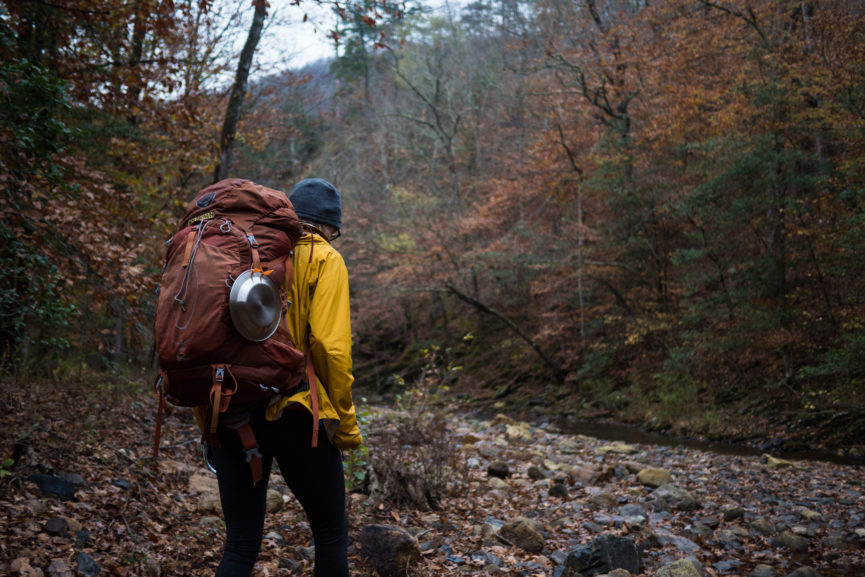By Carolyn Owen
Whether you’re hiking the Appalachian Trail or taking a day hike, your comfort is of the utmost importance. Packing everything you need without sacrificing any essentials due to weight is possible, and you can do this by making sure each and every item has been carefully considered before making the cut.
Read on to see what we recommend, and how Solo Stove can help:
Pick the right backpack
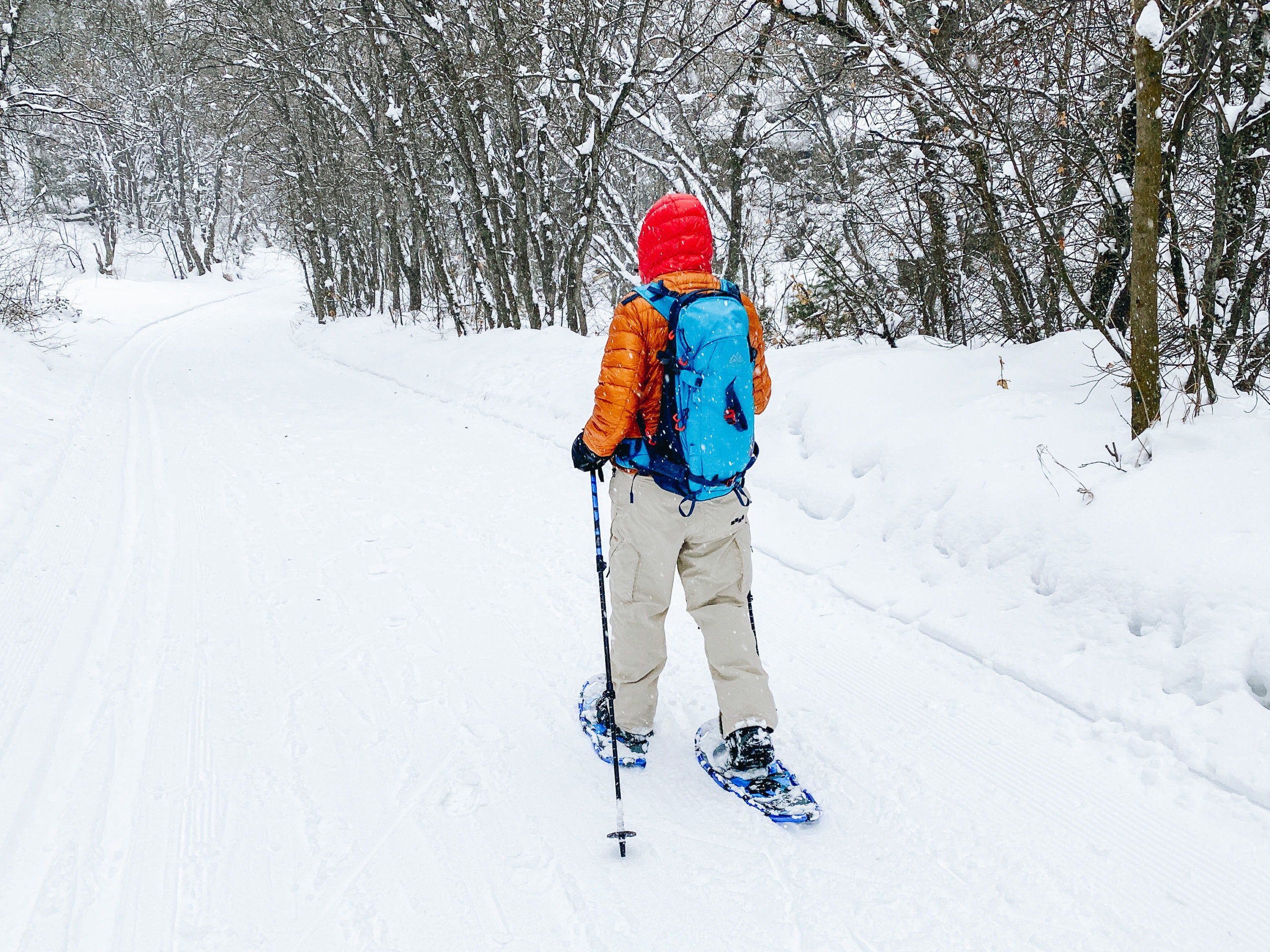
If you’re going for a day hike, you don’t need a backpack fit for 5 days in the backcountry– and visa versa. Know how big of a pack you need for how long your trip will be, and know how tall your torso is. Once you have your specs, check out which features will make a backpack right for you. If you’re going to spend a good amount of time hiking with a full load every day, consider a backpack with an internal or external frame. If it’s a day hike, consider if you really need a frame at all. Your backpack is your lifeline to survival on the trail, so make sure quality is the key element you consider, even over how much it weighs, while getting ready to hit the trail.
Pack the lightest weight gear
Check the forecast before you go. If you’re planning on camping in sub-zero temperatures, know just exactly how cold it will be. Is it 35° F, or -20° F? The more extreme environments you put yourself in, the heavier your gear will become. Even if the weight between two sleeping bags is only off by a few ounces, every little bit counts, so don’t pack a sleeping bag rated for -20° F if it’s actually going to be 15° F instead. Pick the lightest weight option every time.
The lightweight gear principle applies to every piece of gear you can fit in your bag. When it comes to creating a campsite kitchen, the potential of feeling like a pack mule is fairly easy to reach. Don’t worry, you don’t have to sacrifice on quality just to pack lighter– Solo Stove Camp Stoves, and their counterpart accessories, vary in size and weight. Pick your best option for ultra-portability and get moving! Keep reading to see which size is right for you.
Solo Stove Lite
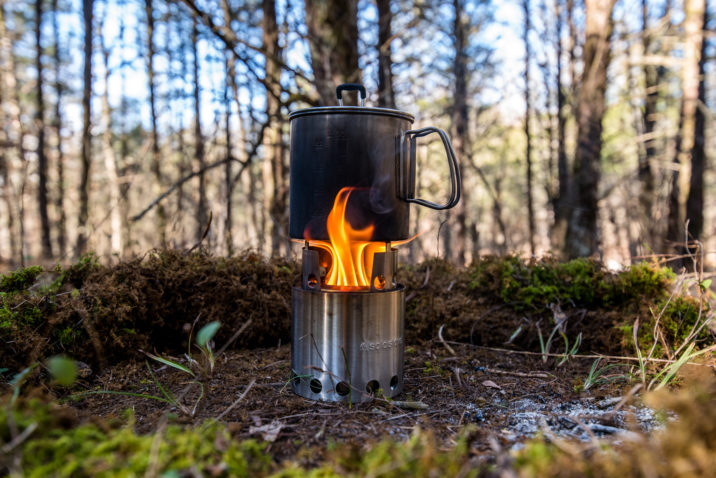
Solo Stove’s original camp stove weighs in at only 9 oz. Pair perfectly with Pot 900 and get a move on.
Solo Stove Titan
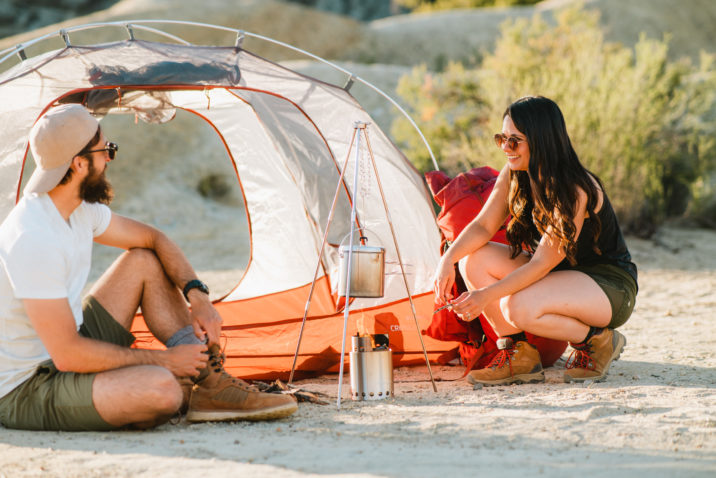
Cooking for two doesn’t have to double your load. Titan weighs 16.5 oz, and is a great lightweight option for backpackers with more than one mouth to feed. Add on Pot 1800, or see what’s in the Titan Gear Kit to make gourmet on the go.
Solo Stove Campfire
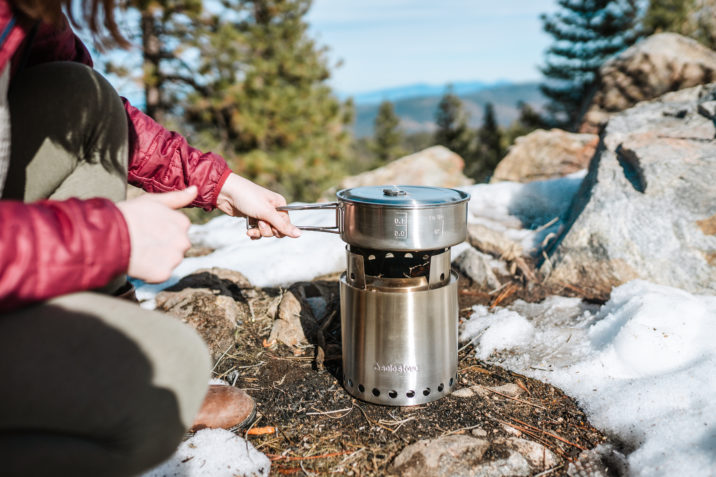
Campfire is our largest camp stove, weighing in at 1 pound 13 oz, and is perfect for large groups. If you’re traveling with a crew, consider packing Campfire in your backpack, and food and other shared gear in your buddy’s. Pot 4000, as well as our 2 Pot and 3 Pot Sets are what really make Campfire shine, but any of our pots will work just fine on any of our camp stoves.
Make great use of your space
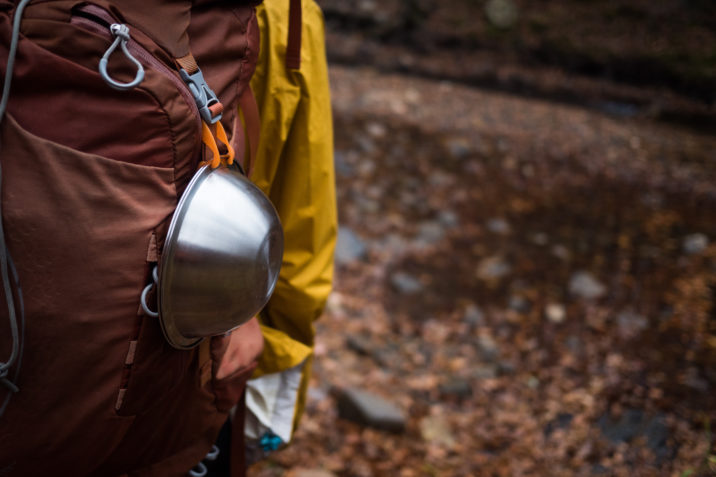
The way you pack matters, so don’t treat your pack the same way you treat the trunk of your car– you can’t just throw anything in there and hope it lands where it’s supposed to. Be meticulous, and organize your pack into categories.
Paying close attention to the way you pack will help distribute weight as effectively as possible. Put bulky items at the bottom of your pack. This means your sleeping bag, clothing, and tent.
Next, place heavy items on top of your layer of bulky padding so that the most weight is distributed along your spine. This is where your camp stove would go, as well as food, and other campsite kitchen essentials you bring along.
At the top, place lightweight items. A rain jacket, first aid kit, and possibly a water filter or any keeping-clean accessories would be great to put here. After filling up your pack, put smaller must-haves into your exterior pockets.
Once you’re all packed, it’s time to go! Stay safe, and have fun! We can’t wait to see where you end up. Share all of your backcountry moments with us by entering our Monthly Photo Contest.

